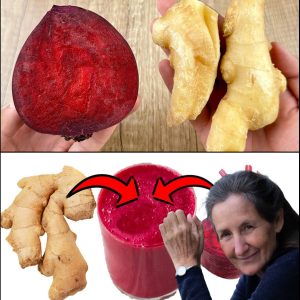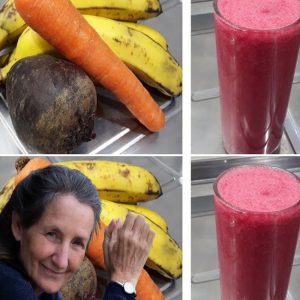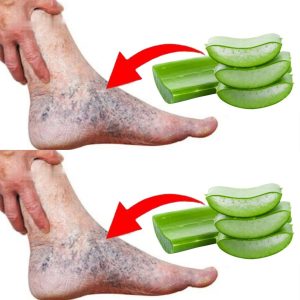Purslane, often dismissed as a common weed, is in fact a hidden gem in the world of gardening and nutrition. This hardy plant, scientifically known as Portulaca oleracea, offers a multitude of benefits that warrant its inclusion in your garden. Here’s why you should embrace purslane in your garden, backed by detailed insights and information.
Nutritional Powerhouse
Rich in Omega-3 Fatty Acids: Purslane is one of the few plant sources that offer high levels of alpha-linolenic acid, a type of omega-3 fatty acid usually found in fish oils. This makes it an excellent dietary addition, particularly for vegetarians and vegans.
Packed with Vitamins and Minerals: It is a rich source of vitamins A, C, and E, and essential minerals like magnesium, calcium, potassium, and iron. This nutrient-dense profile contributes to overall health and wellness.
Culinary Versatility
A Delight for the Palate: Purslane has a slightly sour and salty taste, making it a unique addition to salads, soups, and stews. It can also be used as a garnish or a spinach substitute in various dishes.
Preservation and Preparation: Its leaves and stems can be eaten raw or cooked, offering versatility in kitchen use. Purslane can also be pickled or dried for long-term storage.
Drought Resistance and Low Maintenance
Thrives in Poor Conditions: Purslane is incredibly resilient and can grow in poor soil conditions, requiring minimal care. This makes it an ideal plant for beginner gardeners or those with less fertile soil.
Drought-Tolerant: It requires very little water, surviving in dry conditions where other plants might struggle. This characteristic makes purslane a sustainable choice for water-conscious gardeners.
Environmental Benefits
Supports Biodiversity: Purslane attracts beneficial insects, including bees and butterflies, enhancing the ecological balance in your garden.
Soil Health: Its deep roots help in breaking hard soil and improve its structure, benefiting other plants in the vicinity.
Medicinal Uses
Traditional Medicine: Purslane has been used in traditional medicine systems for its anti-microbial and anti-inflammatory properties. It is believed to help in treating various ailments, from skin disorders to digestive issues.
Modern Research: Recent studies suggest that purslane may have potential benefits in reducing the risk of chronic diseases such as diabetes and heart diseases due to its high antioxidant content.
Growing and Harvesting Purslane
Planting: Purslane seeds can be directly sowed into the garden in spring. It grows quickly and often appears on its own in garden beds.
Harvesting: The leaves and stems can be harvested throughout the summer. The plant will often reseed itself for the next season.
Companion Planting: Purslane can be grown alongside various vegetables and flowers, acting as a living mulch that retains soil moisture.
Challenges and Considerations
Invasive Nature: One thing to be mindful of is purslane’s tendency to spread quickly. It can become invasive if not managed properly.
Identification: Ensure correct identification of purslane, as it can be easily confused with its toxic look-alike, spurge.
Embracing purslane in your garden is not only an excellent choice for your health but also for your garden’s ecological balance. Its nutritional benefits, culinary versatility, low maintenance, and environmental friendliness make it a plant worth considering for both experienced gardeners and novices alike. By incorporating purslane into your garden, you can enjoy a host of benefits while contributing to a more sustainable and biodiverse garden ecosystem.





